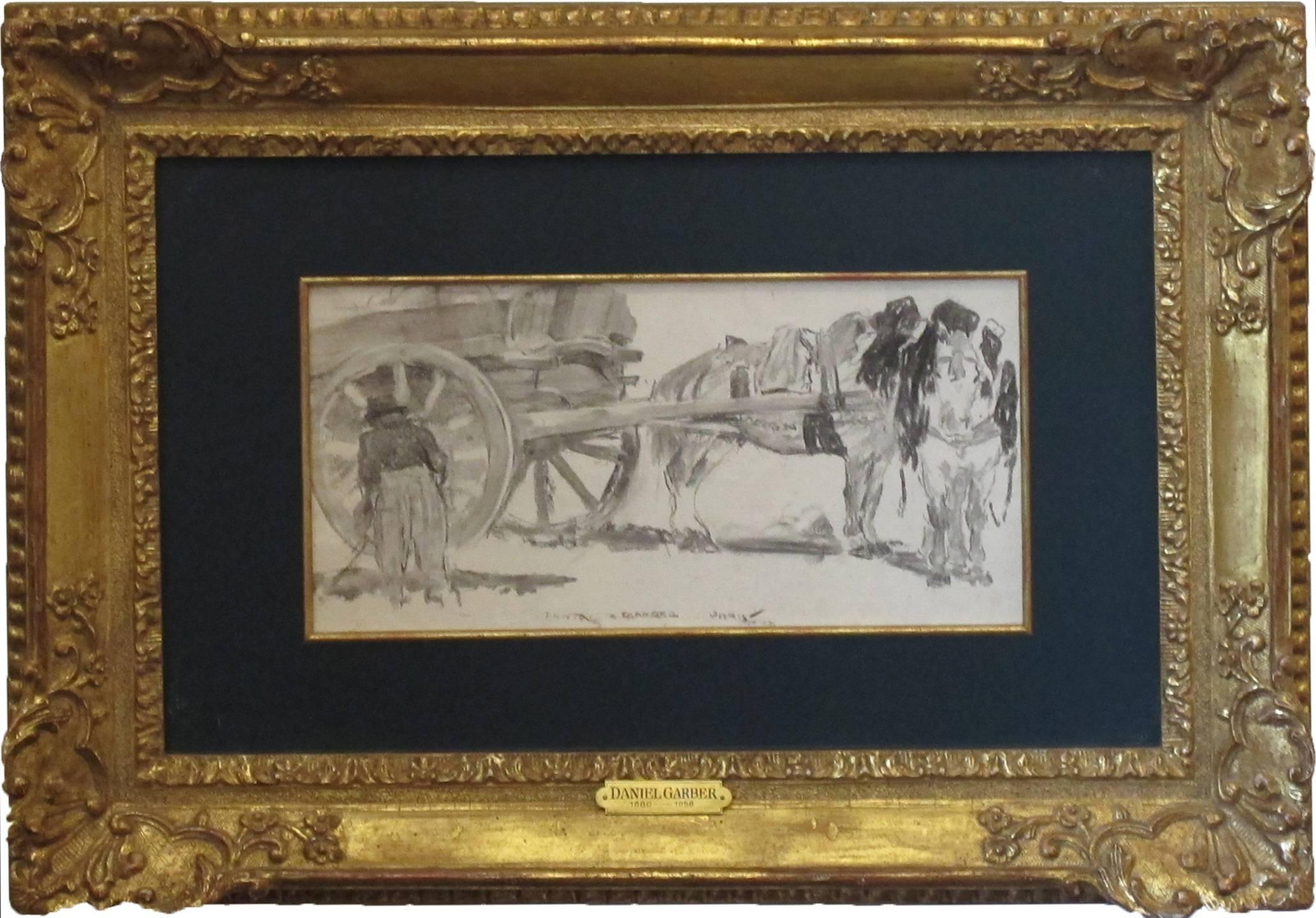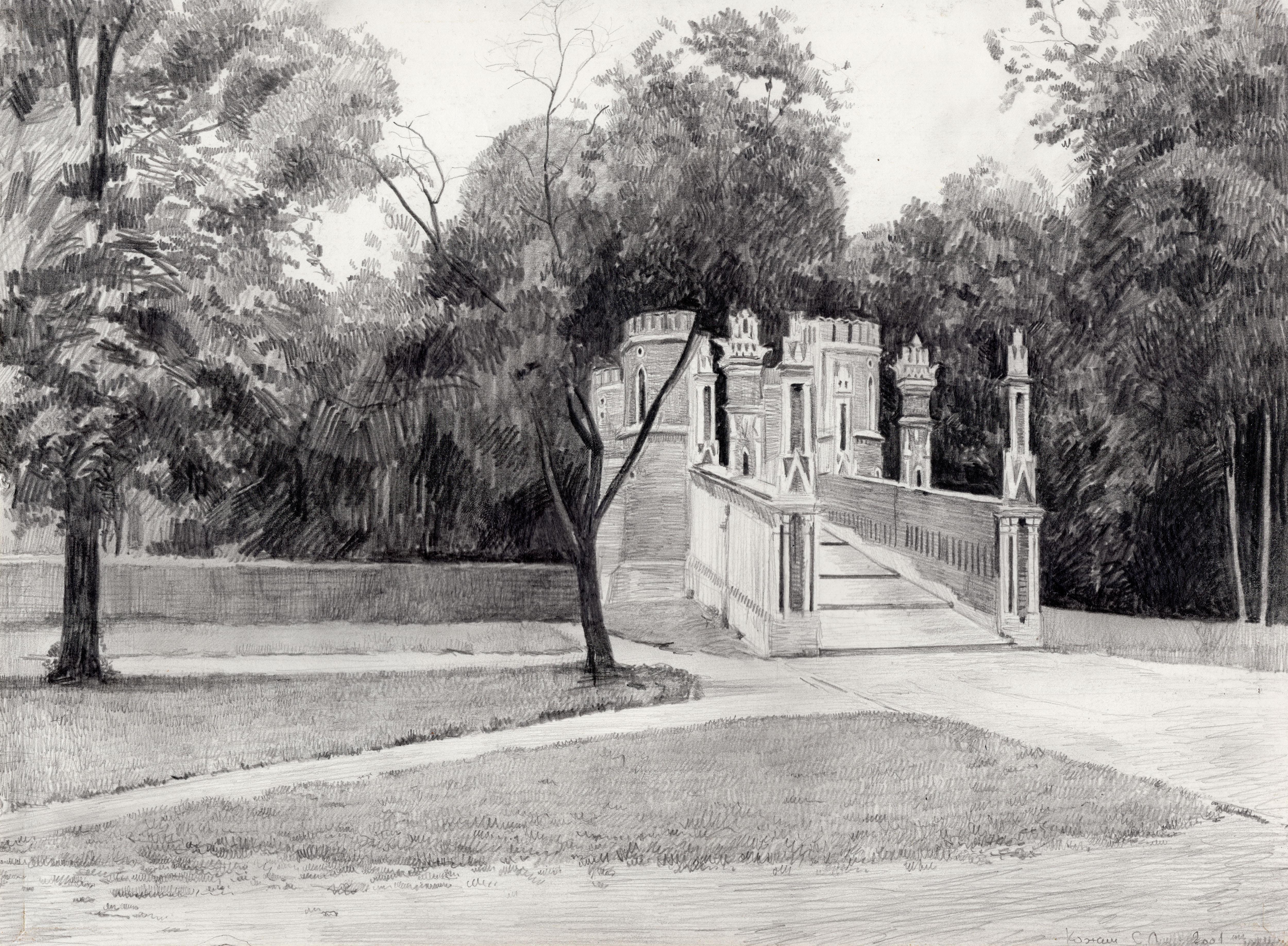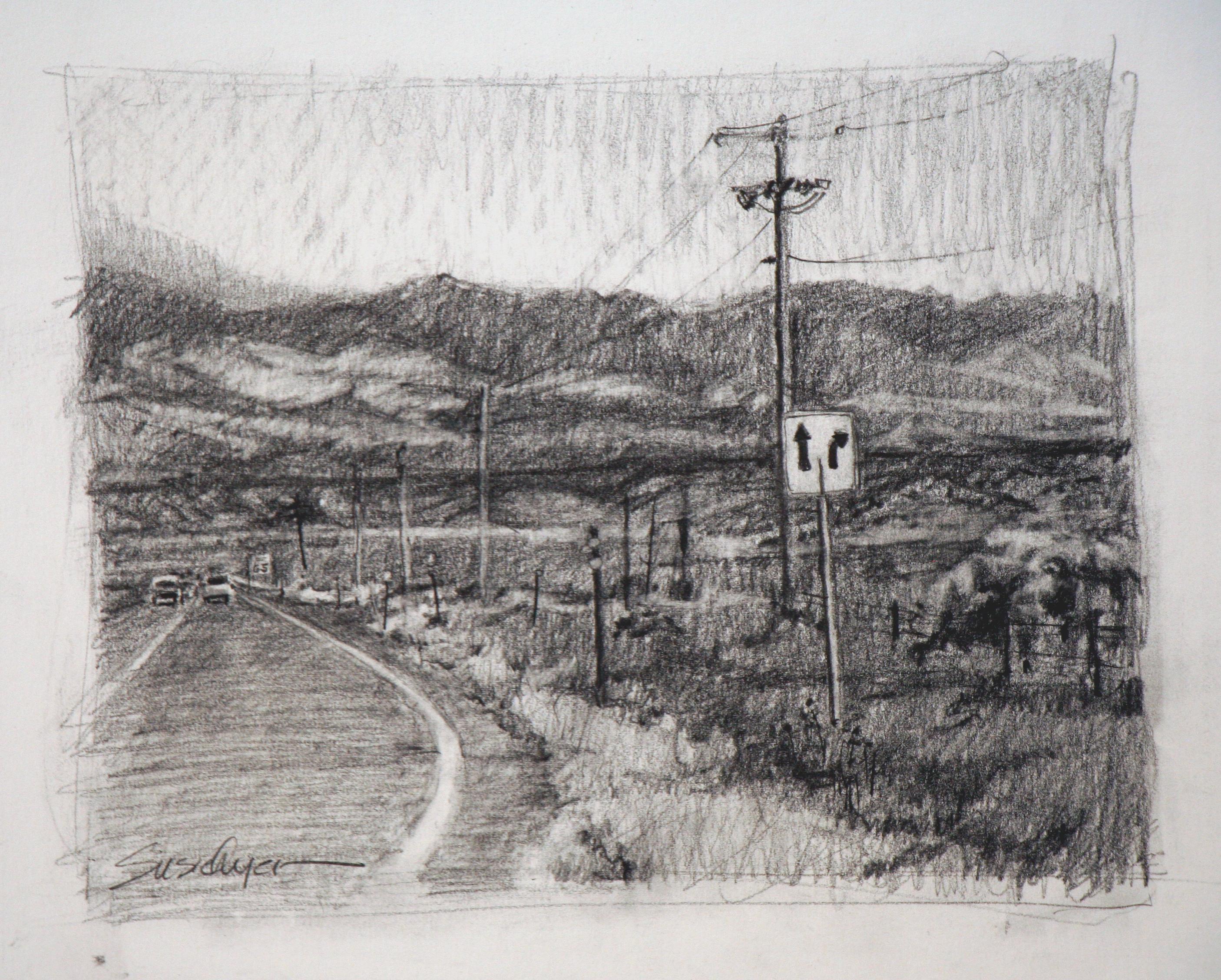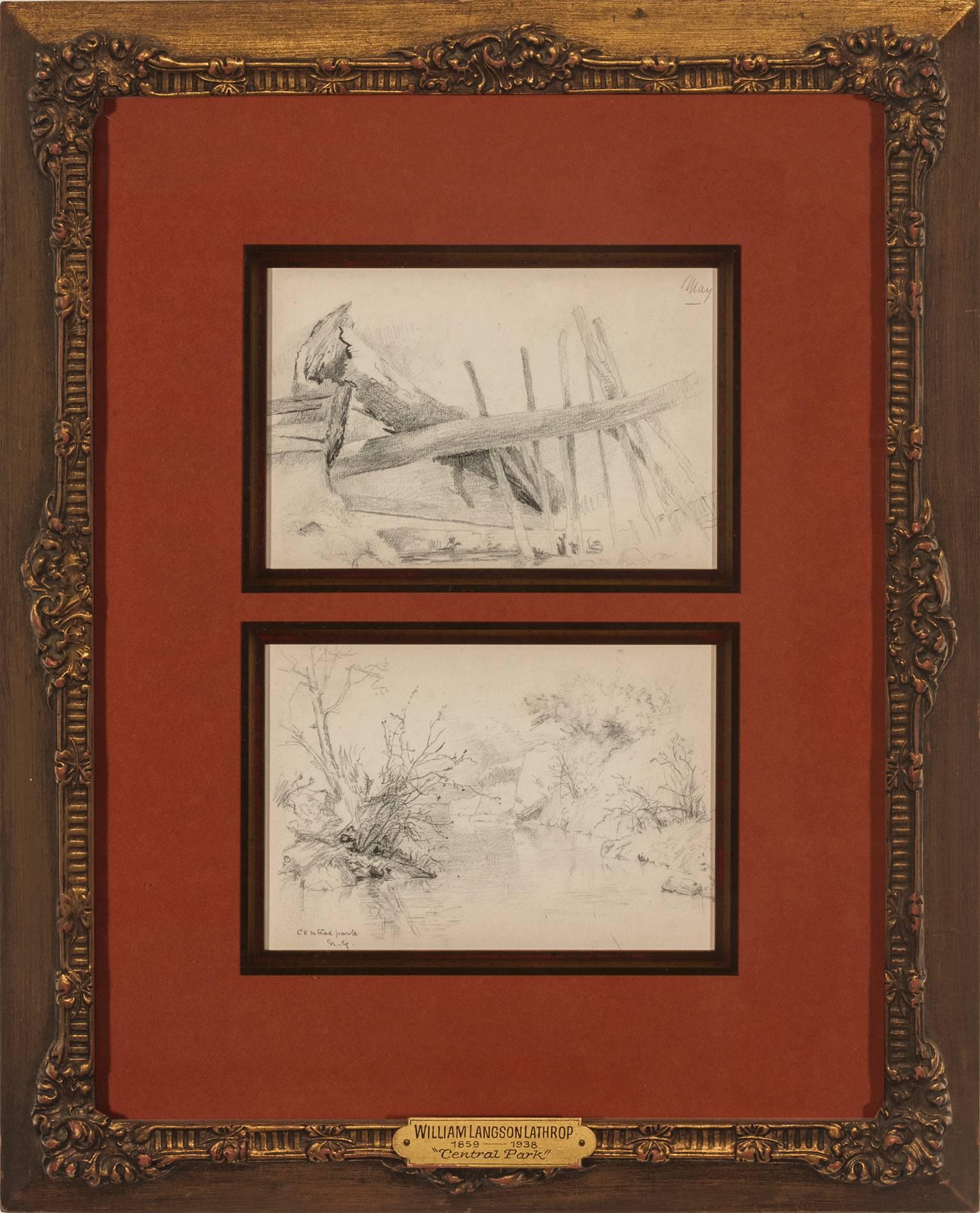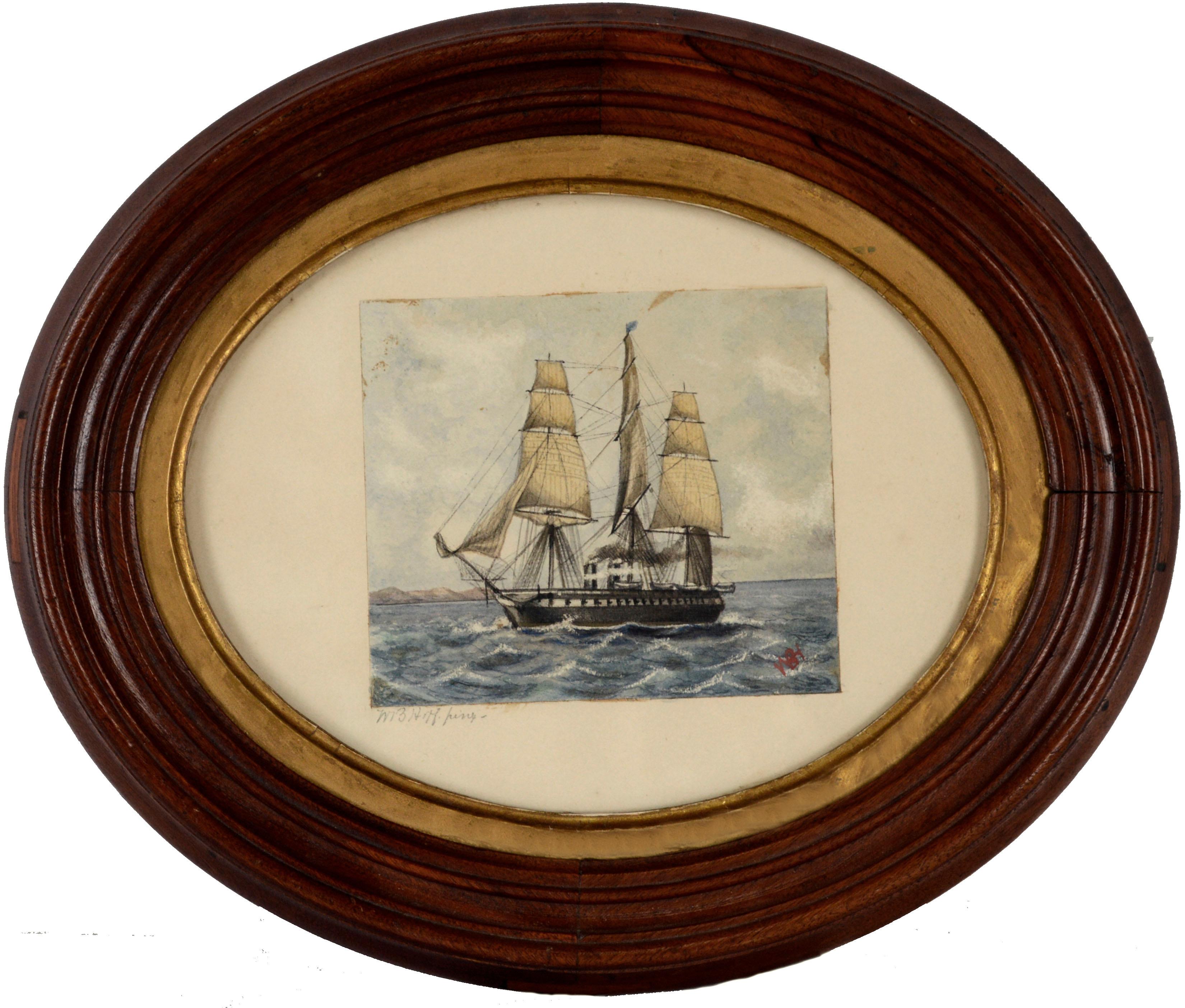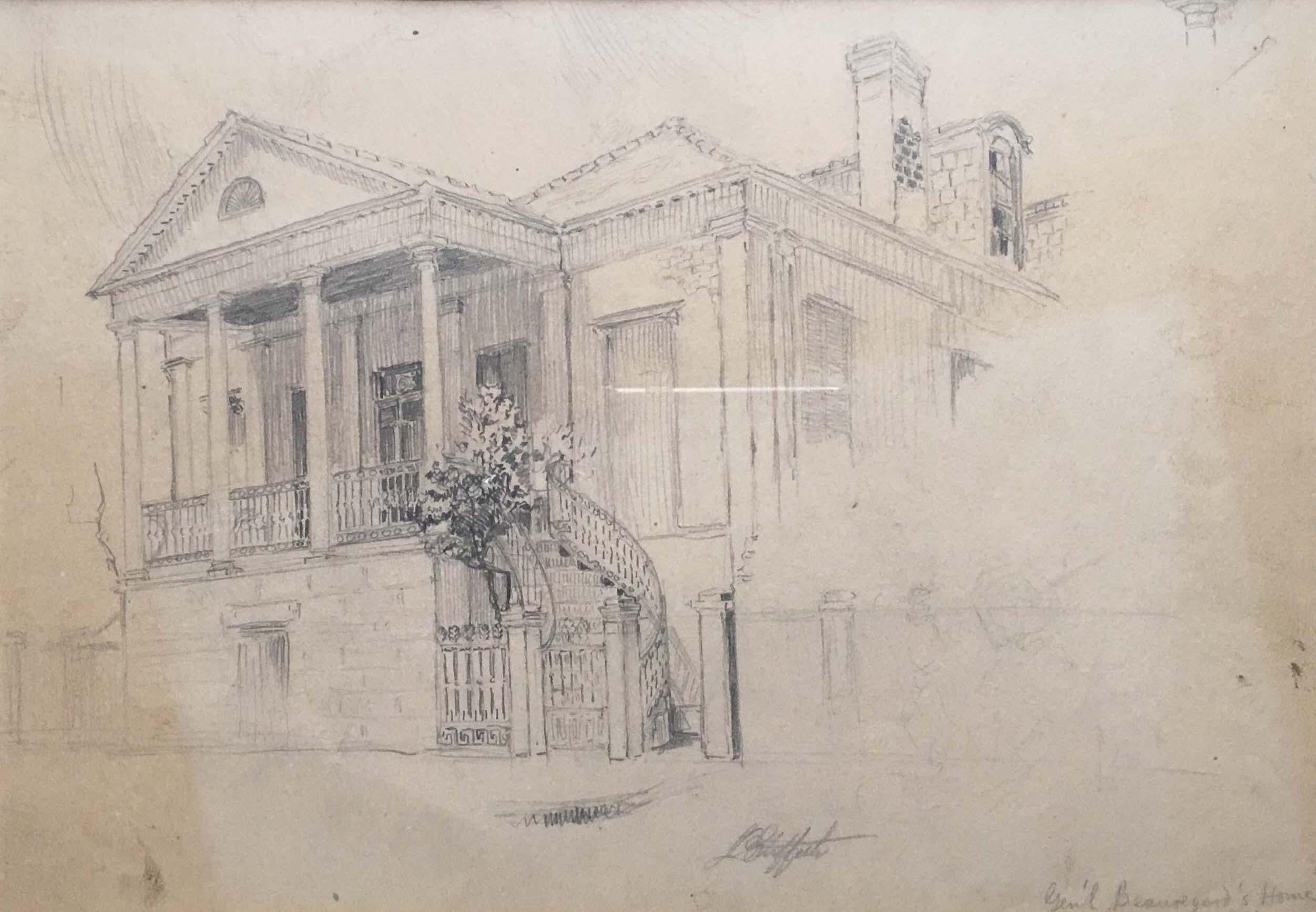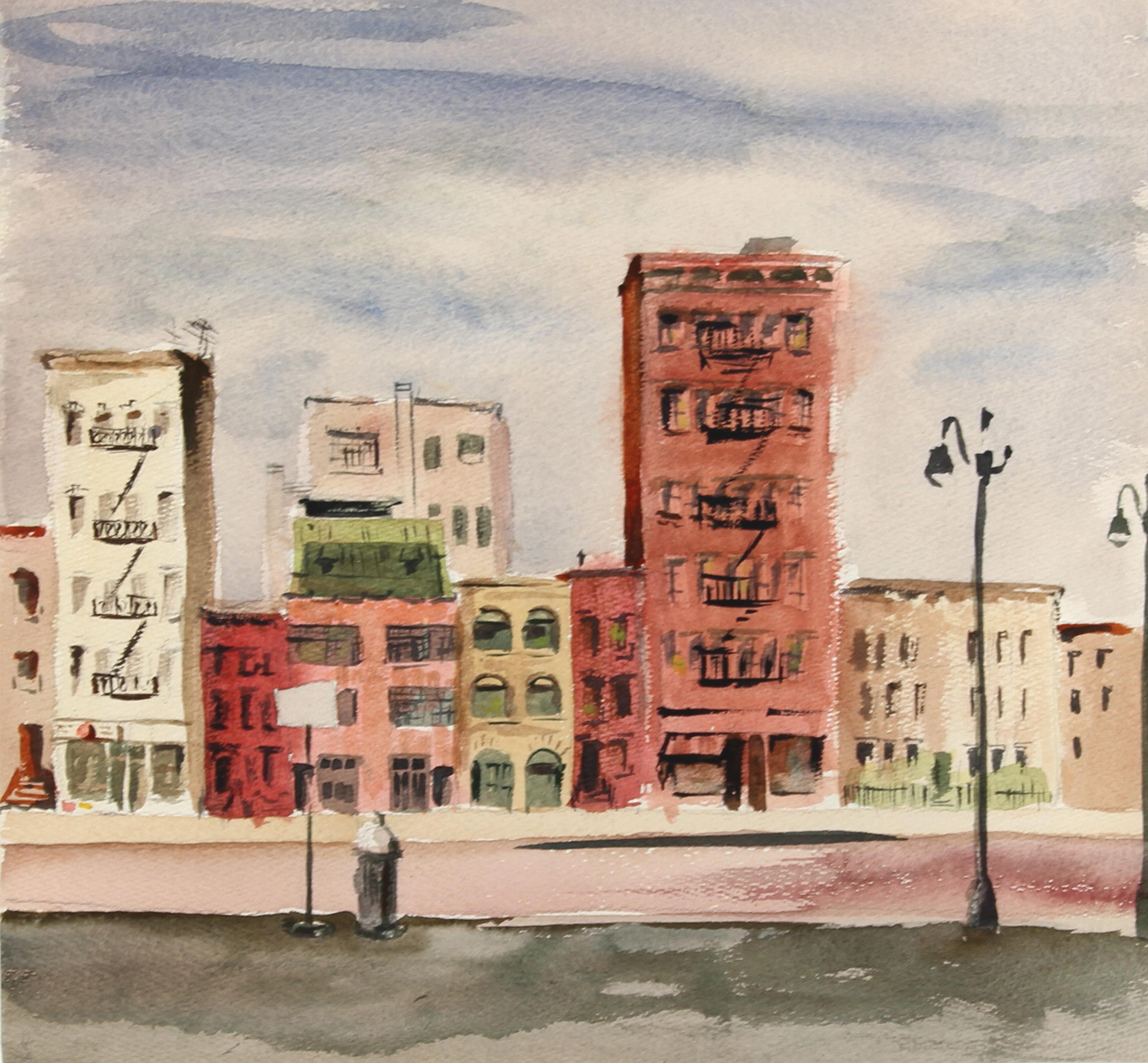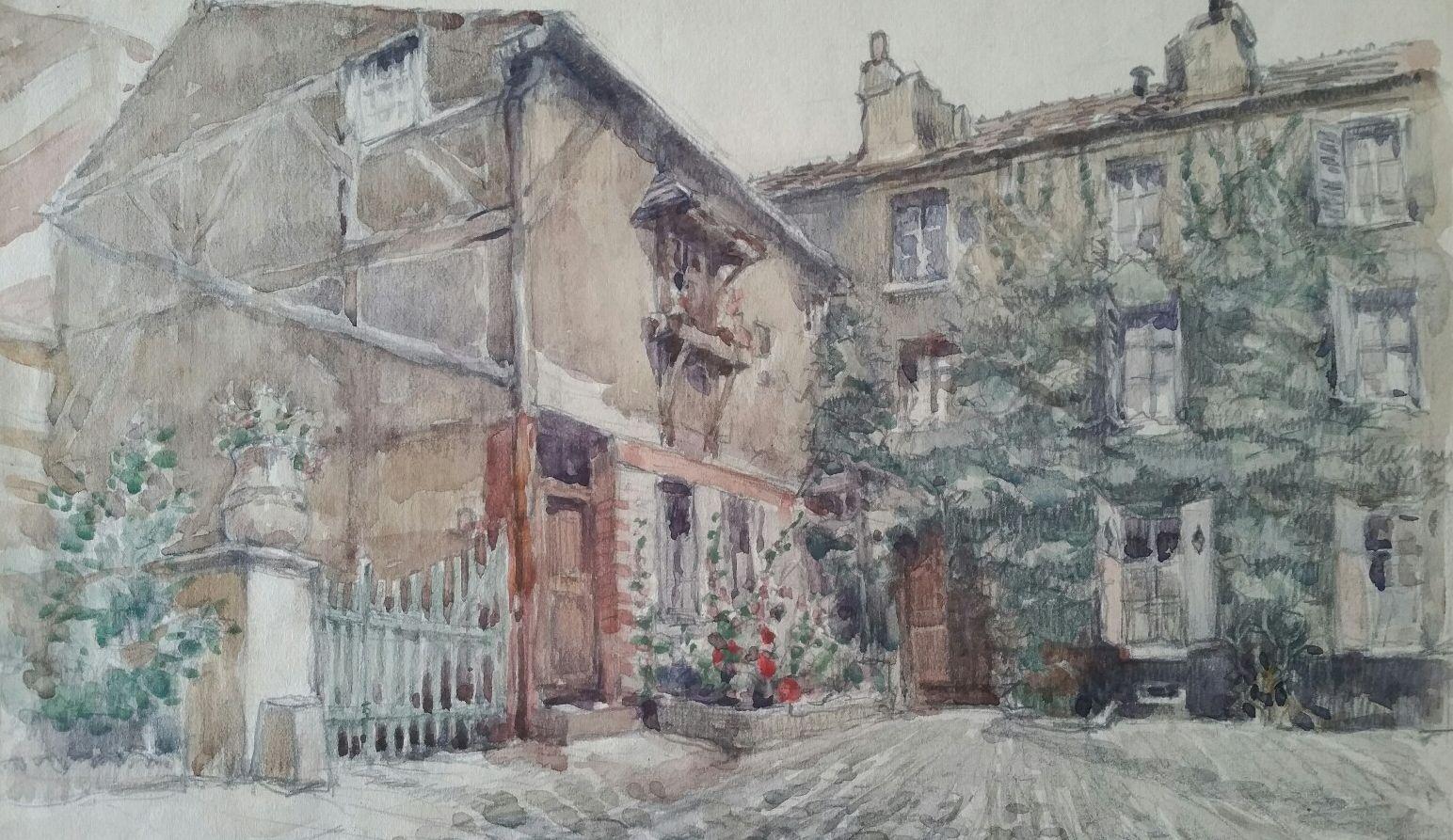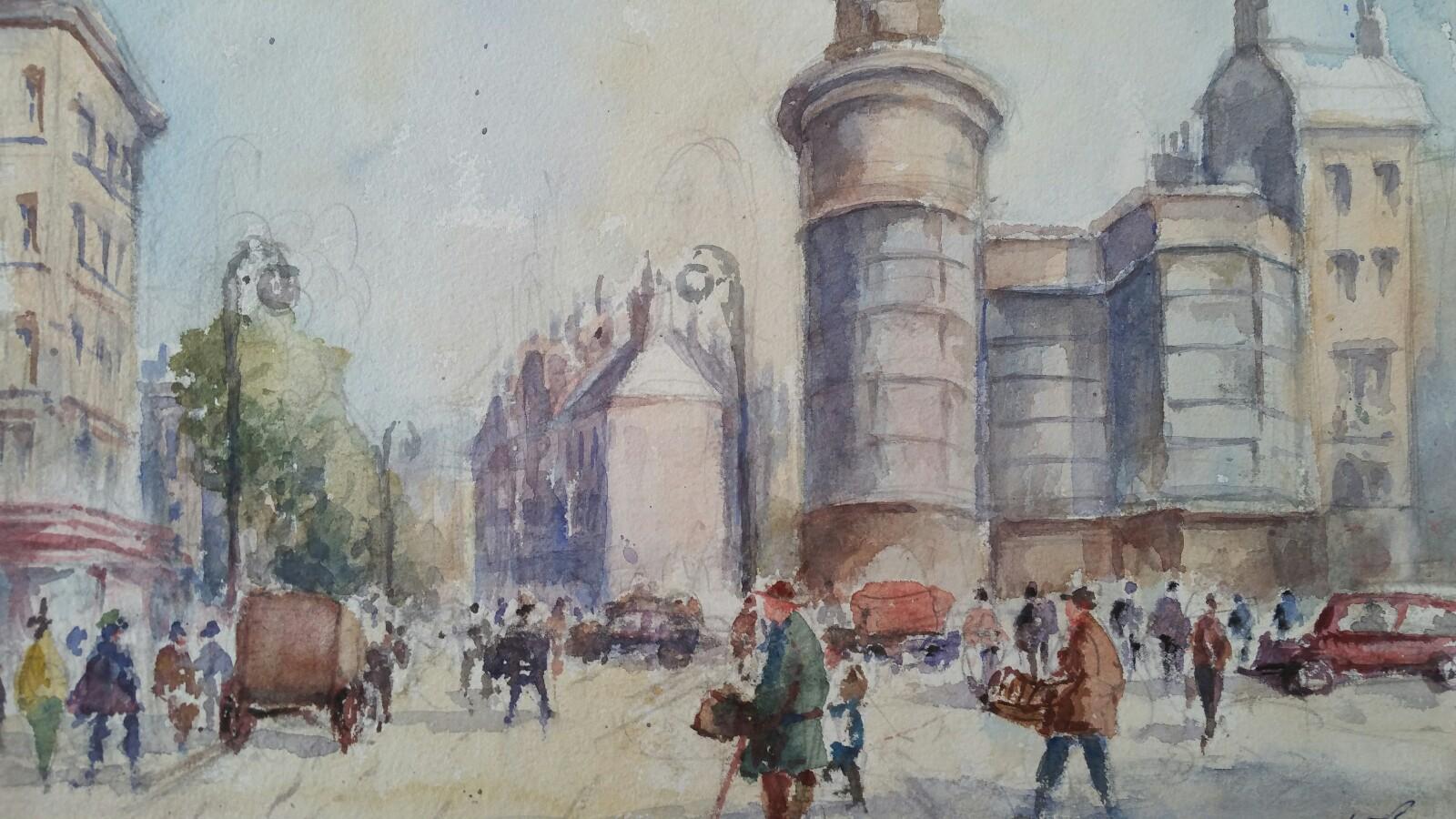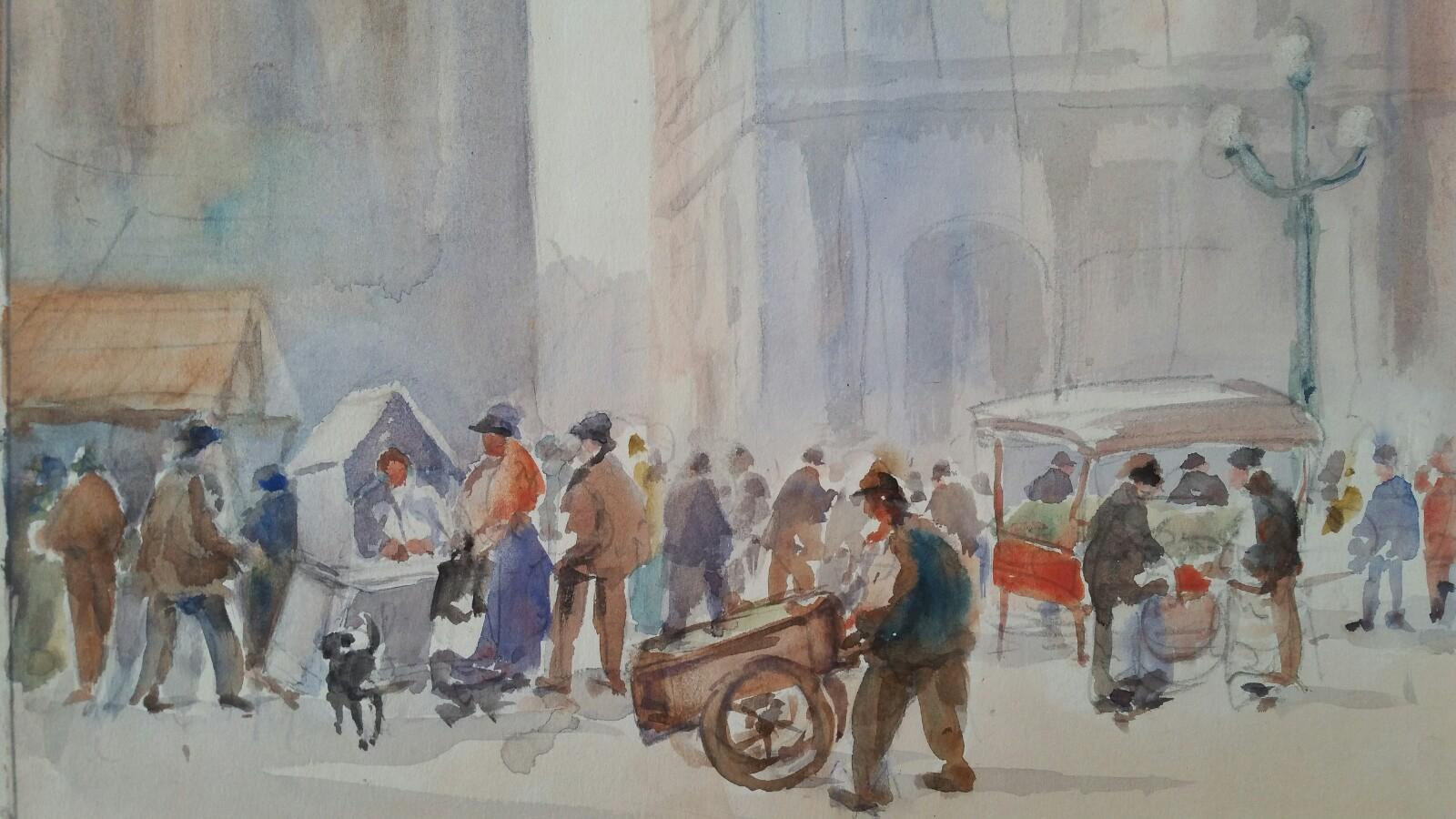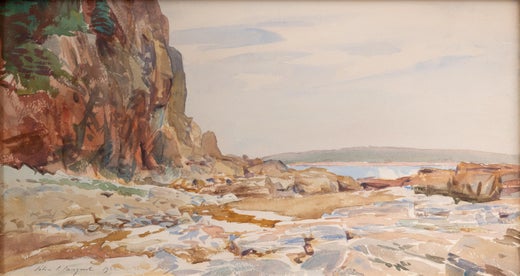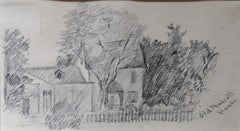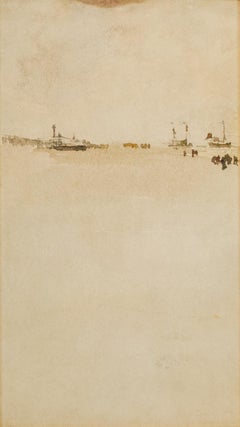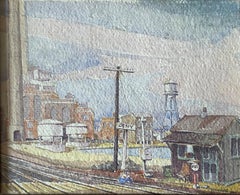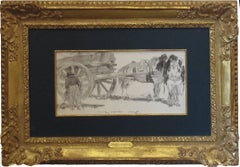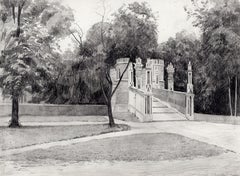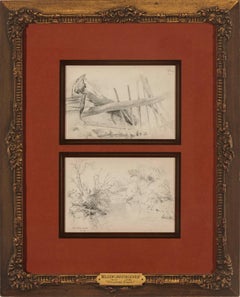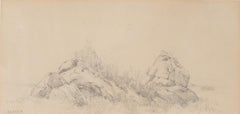
"Study off Newport, Rhode Island" John Singer Sargent Drawing, Impressionism
View Similar Items
John Singer Sargent"Study off Newport, Rhode Island" John Singer Sargent Drawing, Impressionism1876
1876
About the Item
- Creator:John Singer Sargent (1856-1925, American)
- Creation Year:1876
- Dimensions:Height: 15.5 in (39.37 cm)Width: 21 in (53.34 cm)
- Medium:
- Movement & Style:
- Period:
- Condition:
- Gallery Location:New York, NY
- Reference Number:1stDibs: LU1841213248932
John Singer Sargent
The most sought-after society portraitist of his time — as well as a highly accomplished painter of landscapes and genre scenes — John Singer Sargent was born in Florence, Italy, to well-to-do American parents. The French-trained Sargent depicted his sitters with a bravura brushstroke and a degree of originality that were highly progressive at the time. As a result, he enjoyed critical notice and important patronage, but also weathered some controversy.
Though Sargent spent most of his life abroad, his American ties brought him numerous portrait commissions as well as important commissions for the mural programs at Boston's Museum of Fine Arts and the Boston Public Library.
Sargent's works, whether in oil, watercolor, or charcoal, are marked with naturalness and a distinct sense of immediacy due to his remarkable technical facility as an artist. Whether monumental portraits or casual outdoor scenes, his works possess a freshness and fluidity seldom matched in any era.
Sargent spent much of his free time painting and sketching outdoors, and his landscapes, architectural, and subject pictures — influenced by his friendship with Claude Monet and frequently executed in watercolor — depict the various locations he visited, including Italy, rural England, Giverny, the Mediterranean, northern Africa, and the Alps. The artist devoted a large portion of his late career to his mural projects, and also served as a war artist during World War I.
Find original John Singer Sargent drawings, paintings and other art on 1stDibs.
More From This Seller
View AllLate 19th Century American Impressionist Landscape Drawings and Watercolors
Paper, Pencil
1880s Impressionist Landscape Drawings and Watercolors
Paper, Watercolor
Mid-20th Century Impressionist Landscape Drawings and Watercolors
Paper, Watercolor
1910s American Impressionist Landscape Drawings and Watercolors
Paper, Watercolor
Early 20th Century American Impressionist Landscape Drawings and Waterco...
Watercolor, Paper
1960s Folk Art Landscape Paintings
Paper, Watercolor, Ballpoint Pen, Color Pencil
You May Also Like
Early 20th Century American Impressionist Landscape Drawings and Waterco...
Graphite, Paper
Early 2000s Impressionist Landscape Drawings and Watercolors
Magazine Paper, Pencil, Graphite
2010s Impressionist Figurative Drawings and Watercolors
Paper, Graphite
Early 20th Century American Impressionist Landscape Drawings and Waterco...
Paper, Graphite
19th Century American Impressionist Landscape Drawings and Watercolors
Watercolor, Paper, Graphite
1910s Impressionist Landscape Drawings and Watercolors
Paper, Graphite
